I rode the Segway Max G3 and it’s the most luxurious e-scooter I’ve ever ridden
The Max G3 is what happens when Segway builds an e-scooter like a luxury car

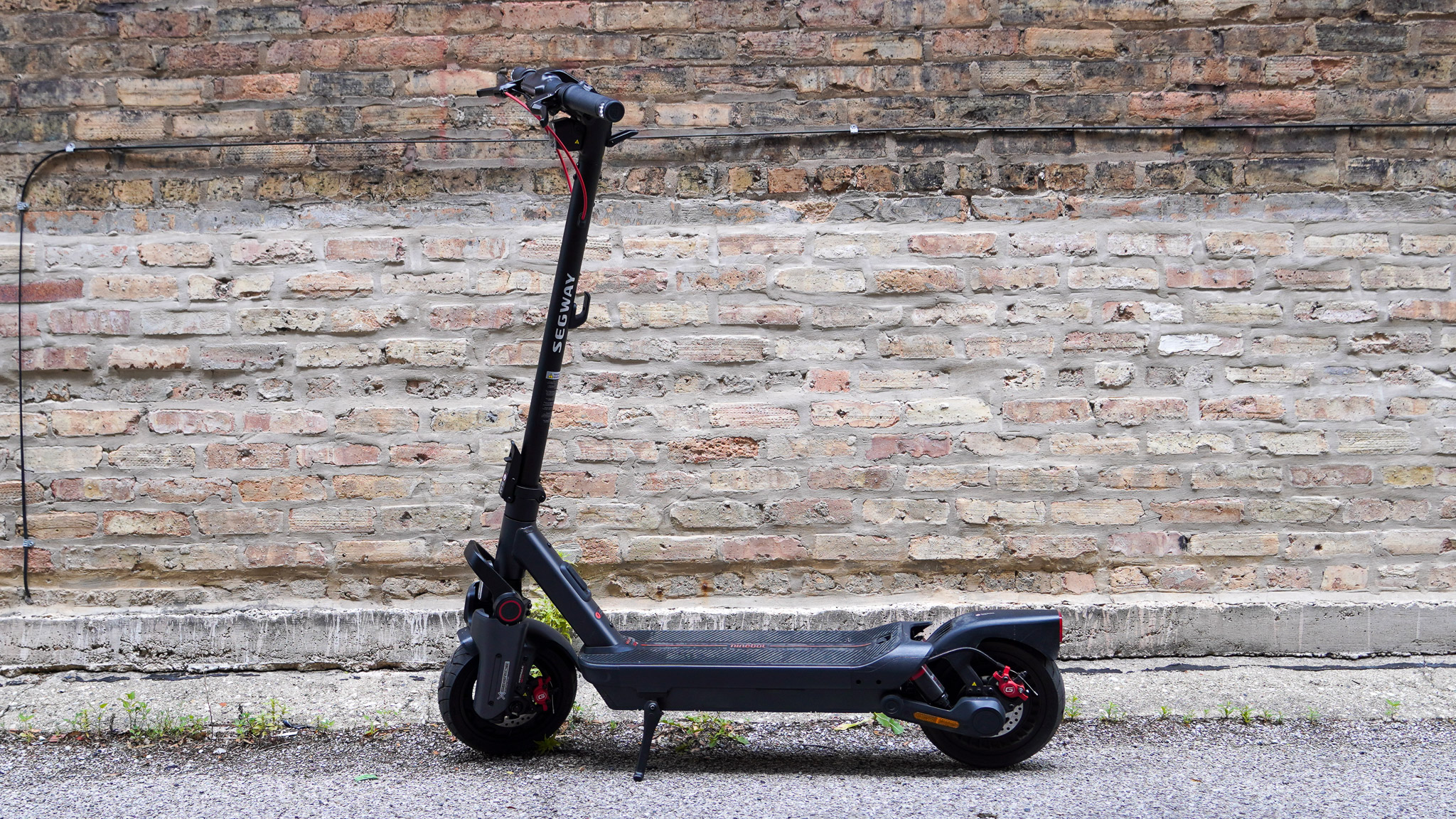
The Segway Max G3 is great for getting around. It’s zippy and rides smooth on its full-suspension frame. It also offers solid commuting conveniences. Its weight and size may make it less ideal for last-mile riding from train stations or third-story apartments, but it’s a solid choice for end-to-end commutes and joyrides.
-
+
Full suspension makes for a smoother ride
-
+
Motor easily gets up to speed
-
+
Decent range and quick charging
-
+
Lights aplenty for visibility and safety
-
-
Premium price tag
-
-
Big and heavy
Why you can trust T3

The Segway Max G3 is a powerful new electric scooter built to deliver a bunch of capabilities for the regular commuter. At $1,499, it’s not a cheap package, but if you’re regularly taking rideshares to go a few miles, the savings of swapping to a scooter like this could add up quickly.
It may be a sizable and weighty scooter as a result of all that it packs in, so it won’t be for everyone, but if you’ve got ground-floor parking/charging and want the luxury sedan of scooters, the Segway Max G3 fits the bill.
Segway Max G3 review
Price and availability
The Segway G3 Max went on sale in the first half of 2025, and it launched with an MSRP of $1,499 (~£1,180 / AU$2,247), marking it as one of the brand’s more premium electric scooters. That said, it’s already seen some discounts, with the price down to $1,199 (~£944 / AU$1,798) at the time of writing. Keeping it in close alignment with one of its competitors, the Niu KQi 300X.
Specifications

- Weight: 24.6kg/ 54.2Ibs (54.4lbs measured)
- Range: up to 50mi (80km) in Eco; up to 34 miles (55km) in Sport
- Charging time: about 3.5 hours
- Power assist modes: 4
- Max user weight: 130kg/ 286lbs.
- Power: 850W nominal (2000W peak)
- Water rating: IPX6 (IPX7 battery)
Design and build quality

The Segway Max G3 has got looks. It’s made to look a bit mechanical, showing off its suspension, disc brakes, and metal frame. Segway was thorough with its color scheme, combining gunmetal gray and black with red accents judiciously placed throughout.
You don’t have to worry about that dark color scheme making you hard to see on the road, though. The scooter includes reflectors on all sides, a tail light, underglow lights, a bright headlight, and an always-on front light.
The brake lights are especially bright and react to the brake levers, though are not as sensitive to lever pulls as I’d hope. On top of all that lighting, the Segway Max G3 includes turns signals built into the ends of each handlebar with lights visible from the front and rear of the scooter.
While the Segway Max G3 feels sturdy, it’s also heavy, weighing in at 54.4 pounds. This can make it a bit hard to move around. The steering tube folds down and latches a bit precariously to the deck. The latch doesn’t lock in place there, and could be budged free or slip if it’s not securely in place, though I’ve luckily not had an issue.
Get all the latest news, reviews, deals and buying guides on gorgeous tech, home and active products from the T3 experts
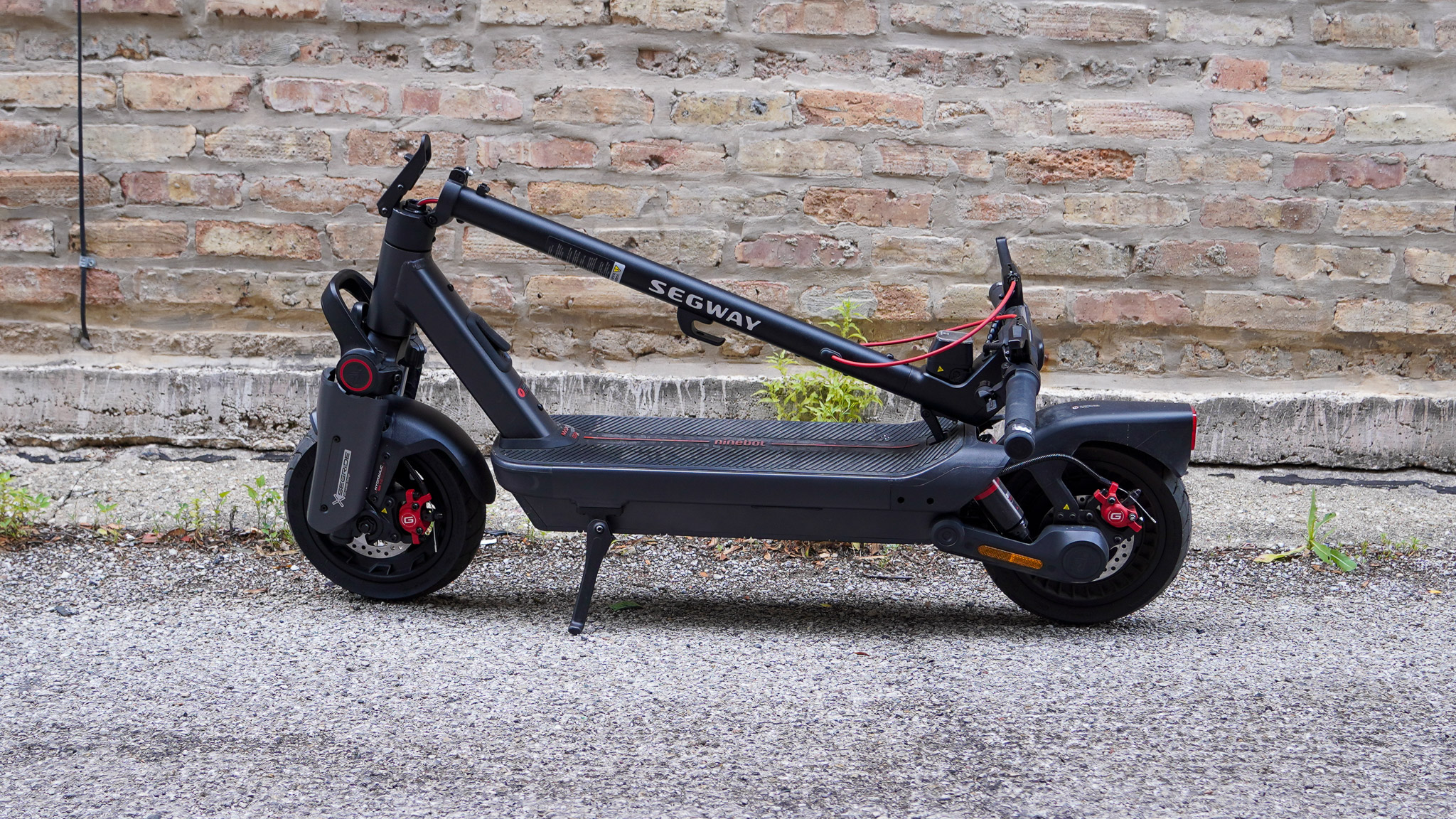
Thankfully, the latch that holds the steering tube in operating position is quite robust. With it all folded up, the Segway Max G3 provides a few good points to carry it, but it still remains unwieldy because of its wide handlebars, length, and weight. It’s a far cry from the Niu KQi Air X I tested a couple of years ago.
All that weight gets you a lot, though. The scooter squeezes in a nearly 600Wh battery, an 850-watt motor that can peak at 2,000W, a small hydraulic suspension fork, and two rear hydraulic suspension shocks. The deck is fairly spacious and coated with a rubber grip. And the scooter is built to support riders up to 286 pounds.
At the top of the steering column, you get a modest color display at the center of wide handlebars with a slight backwards sweep. Both sides have a thick rubber handgrip and a brake lever. The levers are a bit far forward and can’t be adjusted closed.
The right grip also has a combo throttle that combines a thumb and quarter-grip twist throttle, and it feels quite good. The left grip includes a control cluster with a four-way navigation control and a little square button has both turn signals blink like a car’s hazard lights.

Interestingly, Segway even saw fit to build in an AC/DC converter, much like you’d find in an EV. This lets you plug the scooter into a wall outlet with a simple cable and enjoy pretty fast charging. But the Segway Max G3 also supports DC charging with a power brick separately or at the same time, letting it drop the charging time from about 3.5 hours to 2.5 hours.
Segway has built in a few commuting conveniences. Both wheels have fenders to protect you from getting dirty. The steering tube has a little hook you can hang a grocery bag from. On one trip to grab Chinese food, the hook served this role for me perfectly. There’s a little bell built into the control cluster as well, though it’s not the best one I’ve come across.
I would have loved to see a solid triangle anchor point for locking the Segway Max G3 up with a U-lock. As it stands, the neck of the scooter is a passable anchor point. But if your U-lock is too large, a committed thief could disassemble the steering column, free the Segway Max G3 from the lock, and then reassemble.
Setup
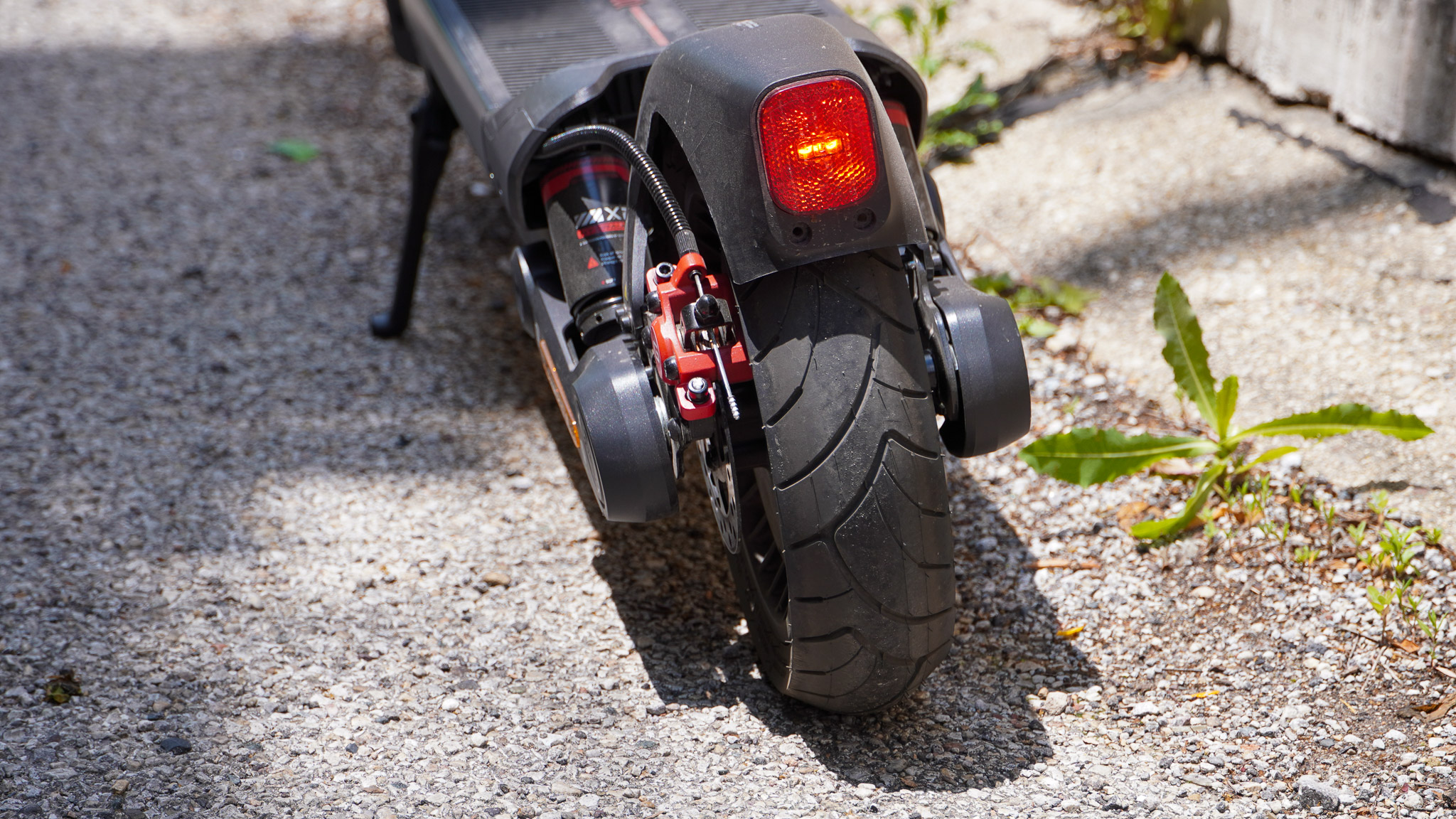
The Segway Max G3 requires very little in the way of setup. Once removed from its packaging, you simply have to slot the handlebar assembly into the steering tube and screw in a pair of bolt. From there, the scooter is ready to roll, though you may want to make sure the tires are properly inflated. Depending on your pump, filling the tires may require a little screw-on extender that Segway includes in the package.
Special features

While you can use the Segway on its own, you get more out of it with your phone. By pairing the scooter with your phone and using the Segway Mobility app, you can perform additional setup and customization. This allows for more control of features like speed modes, electronic braking, traction control, automatic locking and unlocking, and quite a bit more.
A few features are locked behind the app. By default, the Segway Max G3 won’t use electronic braking, so you’ll miss out on the energy recovery element of it. Traction control for loose terrain is also disabled by default.
The scooter’s 28mph top speed also requires enabling within the app. And if you want turn-by-turn navigation, the app can provide it by linking with your phone (though Segway notes it will eventually become a paid feature).
Performance
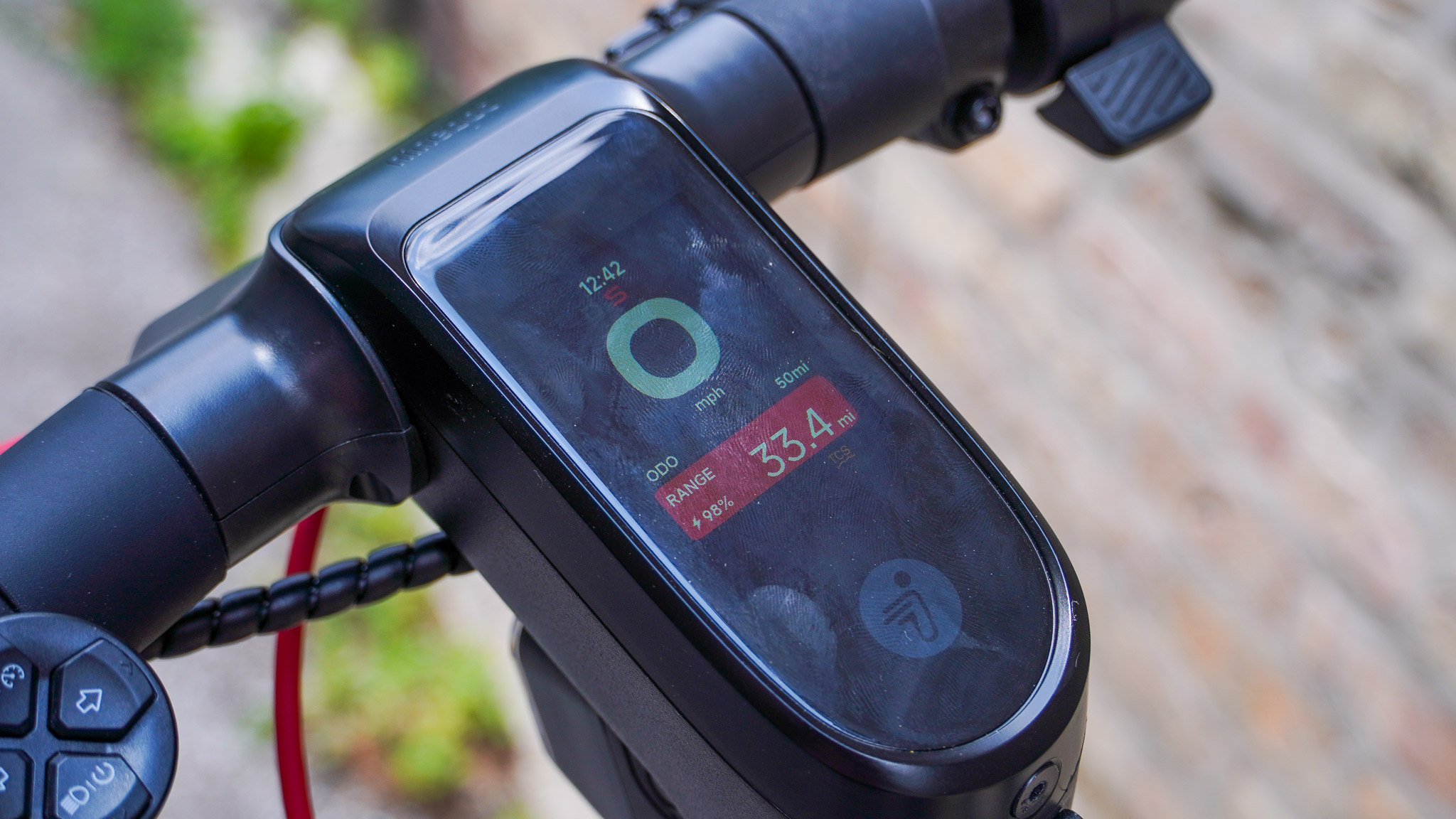
The Segway Max G3 is largely a joy to ride. I’ve tested a handful of other scooters, but none have had the pliant suspension that the Segway Max G3 offers. Even as a 240-pound rider, I find it smooths out bumps that would have even given me a jolt on many of the bikes I’ve tested. I wouldn’t quite call this an all-terrain vehicle, as the slick and small tired still can’t deal with huge bumps or potholes, but it’s a luxury cruiser for the hit-and-miss quality of various city streets.
The motor is great for getting up to speed. It’s a little slow at the jump (though perhaps the daring riders could make use of the Boost function), but once it gets moving it quickly picks up to cruising speed, and it has happily zipped along at 20mph in my testing. The throttle response can be a little jerky, as the throttle itself doesn’t have the most nuanced sensitivity, but the scooter is also rather top-heavy with me on it, and I haven’t found it much more jerky than other scooters.
The electronic braking is handy, helping the scooter to slow down and recapture some energy without feeling so forceful that it throws me forward. That said, it doesn’t seem to want to slow the scooter quite enough. Just about every time I’ve come to a stop using the electronic braking, I’ve had to also apply the disc brakes to stop in time. It’s not hard to stop quickly, but the electronic braking just never quite does it.

The battery promises to offer quite a bit of range (50 miles), but I almost always have to take these measurements with some big grains of salt. I’m heavier than the test riders used by basically every company, and I don’t ride on a test track that allows for a constant speed.
I ride in the city, facing stoplights, stop signs, and traffic that makes for a real-world result, albeit with mostly flat terrain. Still, the Segway Max G3 is respectable. After riding 12.7 miles from a full charge, I recharged the scooter with its cable attached to a power meter to see how much energy was used.
It reported 360Wh used for that 12.7 miles of riding, giving the Max G3’s full battery an estimated range of 21 miles of real-world range for a 240-pound rider in the city. Sub-urban and rural riders, especially lighter ones, could see much better range.
I also tested with the scooter largely running in Speed mode, which lets it hit 20mph and has the worst range. Slower riding speeds can net even further ranges.
Verdict
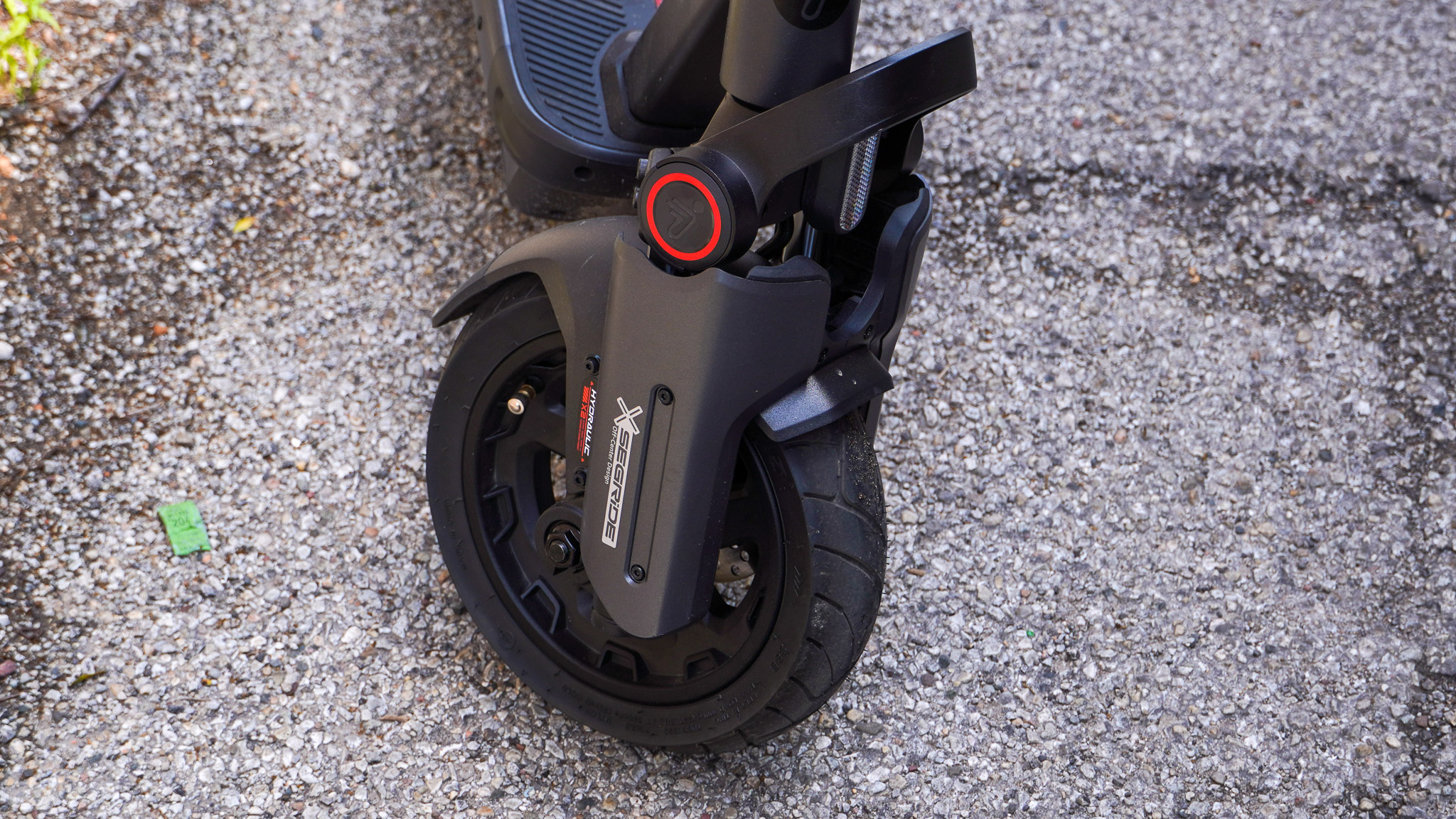
The Segway Max G3 is a stylish and very capable scooter. Its powerful motor and suspension make it a quality ride, smoothing over rough pavement and keeping up with the flow of traffic better.
It also has smart safety features and good lighting. All of this makes it a bit heavy, so it may not be ideal if you’re a smaller rider and have to carry it upstairs for storage.
In that case, the NIU KQi Air X may make more sense. Otherwise, it’s a good option. Its ride quality is simply leagues ahead of what you’ll get from a rigid-framed scooter with no suspension, and it has more power and range than its lightweight competitors.
Mark Knapp has covered tech for most of the past decade, keeping readers up to speed on the latest developments and going hands-on with everything from phones and computers to e-bikes and drones to separate the marketing from the reality. Catch him on Twitter at @Techn0Mark or on T3, PCMag, IGN, TechRadar, Business Insider, and Reviewed.
You must confirm your public display name before commenting
Please logout and then login again, you will then be prompted to enter your display name.
